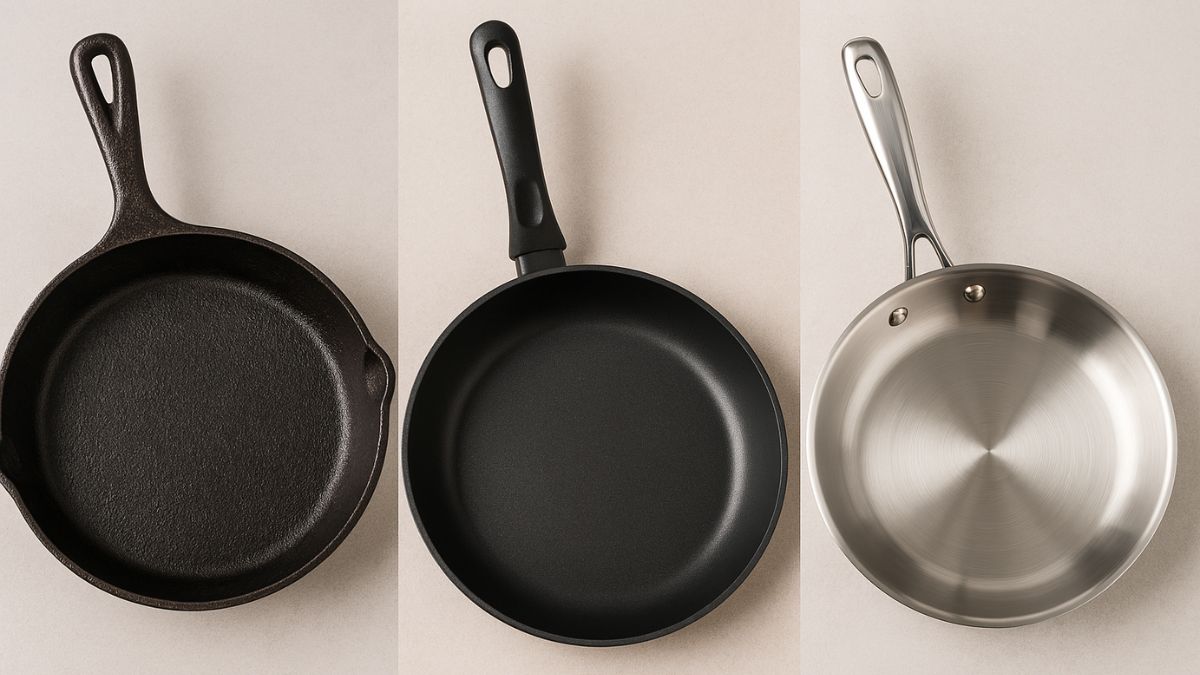Mussels were hard to come by this winter, at least along the Eastern Seaboard. Ice on inland waters from Long Island north to the Canadian Maritimes made them difficult to harvest and get to market.
"First time I have seen this in 21 years in the business," said Robert DeMasco, the proprietor of Pierless Fish, a wholesale seafood distributor in Brooklyn.
Restaurateurs pulled the bivalve from their menus. Home cooks who went asking at their fishmongers were met with shrugs. In Washington, D.C., where the restaurant Granville Moore's runs a weekly Mussels Monday promotion, the special was replaced with bison burgers, $12 a throw.
But the thaw is coming. "Hopefully, it's over," said Charlie Manwaring, owner of the Southold Fish Market on Long Island.
Ann Worth, the executive director of the Prince Edward Island Aquaculture Alliance, a trade group, said the island's fishermen and processors were almost all back to work. Prince Edward Island ships more than 40 million pounds of mussels a year, she said, roughly 70 percent of all Canadian mussels.
"It's been a winter like no other in some ways," Worth said. "But we're actively harvesting now, and I love the long-range forecast that we're seeing: seven days of sun and warming temperatures. It almost feels like spring."
We are celebrating with a recipe for billi bi, "a consummately good cream of mussels soup," in the words of Craig Claiborne, once the food editor of The New York Times. Claiborne published recipes for the dish in the newspaper from the 1960s onward. In the first edition of "The New York Times Cookbook," published in 1961, he said billi bi "may well by the most elegant and delicious soup ever created."
Claiborne's recipe, refined over the years by his longtime kitchen collaborator Pierre Franey, has been designated a "Times Classic." The title is a new one, designed to highlight recipes in The Times' archive that have stood the test of time - recipes of distinction, worth recalling and bringing back to light. (Before republishing them, the newspaper's Food staff tests them scrupulously, occasionally adjusting the instructions or ingredients to make the food less fussy or fancy, or to reflect modern tastes and mores.)
Billi bi is simple to make. A fragrant mussel broth is combined with cream, and then is further thickened with the yolk of a single egg. Claiborne suggested that the soup be served as an appetizer, with the meat of the mussels reserved for another use. Another use? We stud the velvety liquid with mussels instead, and call it dinner.
Start with the broth. Pile some scrubbed mussels into a pot, then layer on top of them some chopped shallots and onions, parsley, butter, a bay leaf, some butter, a glass of white wine and some seasonings: some grindings of pepper, a pinch or two of cayenne.
Put a lid on the pot and turn on the heat below. The wine will turn to steam, and the mussels will open their shells to it, allowing an enormous amount of liquor - deeply saline, amazingly delicious - to pour forth. This will combine with the aromatics to build a broth of stout excellence, the basis for the soup.
Strain the broth through cheesecloth. Harvest the meat of the mussels and set it aside. Return the broth to a clean pot and heat it to a gentle boil. Add cream and allow it to come to a simmer, then remove the pot from the heat before adding the egg yolk and whisking to combine. (If the soup is too hot when you add the egg, it will cook into strands, which is not the result you seek.)
Taste the result: insane. It may need an additional spike of cayenne, however, or grind of pepper (white pepper, if you're a traditionalist). Given the source of the broth, it rarely needs salt.
Reheat the soup to piping hot while you place mussels in a warmed serving tureen or individual bowls, then ladle the liquid on top of them, and sprinkle the finished dish with finely chopped parsley. (You can also serve it cold, but not perhaps at this time of year.)
"One of the sublime creations on Earth," Claiborne called billi bi in another exhortation. It is a difficult pronouncement to counter.
The origins of the soup's name are another matter. Billi bi almost certainly has its roots in the kitchen of Maxim's, the landmark restaurant in Paris, where an exemplary cream of mussels soup was served in the early part of the 20th century. Legend has it that one of the restaurant's patrons, an American businessman named William B. Leeds Sr., so loved the dish that it took on his nickname in tribute.
Though the Billy B. in reference may just as easily have been his son: William B. Leeds Jr. lived in Paris in the early 1920s and was said to have been, like his father, an aficionado of Maxim's and its soup.
Brands, Beebes and other wealthy men with the given name William have been cited in the soup's origin myth as well. Pronounce it Billy-BEE, then, with a clipped American bark. A soup for the ages, brought back from the ice.
Recipe:
Craig Claiborne's Classic Billi Bi
Time: 50 minutes
Yield: 4 servings as an entree, 8 as an appetizer
2 pounds mussels
2 shallots, peeled and coarsely chopped
2 small white onions, peeled and quartered
2 sprigs parsley, plus chopped leaves for garnish
Kosher salt
Black pepper, to taste
Pinch cayenne pepper
1 cup dry white wine, like pinot grigio or sauvignon blanc
2 tablespoons unsalted butter, cubed
1 bay leaf
2 sprigs fresh thyme
2 cups heavy cream
1 egg yolk, lightly beaten
1. Scrub mussels well to remove dirt and, if necessary, remove beards.
2. Place mussels in large saucepan or Dutch oven and add shallots, onions, parsley sprigs, salt, pepper, cayenne, wine, butter, bay leaf and thyme. Cover and bring to a boil over medium heat. Reduce heat and simmer 8 to 10 minutes, or until mussels have opened. Discard any that have not opened.
3. Strain liquid through a colander lined with cheesecloth and reserve; this is the base for the soup.
4. When cool enough to handle, remove mussels from shells and reserve. Discard shells and aromatics.
5. Bring reserved liquid to a low boil in a saucepan. Add cream and return mixture almost to a boil, then remove from heat. Let cool slightly then add egg yolk and stir to combine. Return saucepan to heat and let thicken slightly. (Do not boil.)
6. Taste and adjust seasoning. To serve, arrange mussels in center of large soup dishes and spoon liquid over them. Sprinkle with chopped parsley leaves.
© 2015, The New York Times News Service











